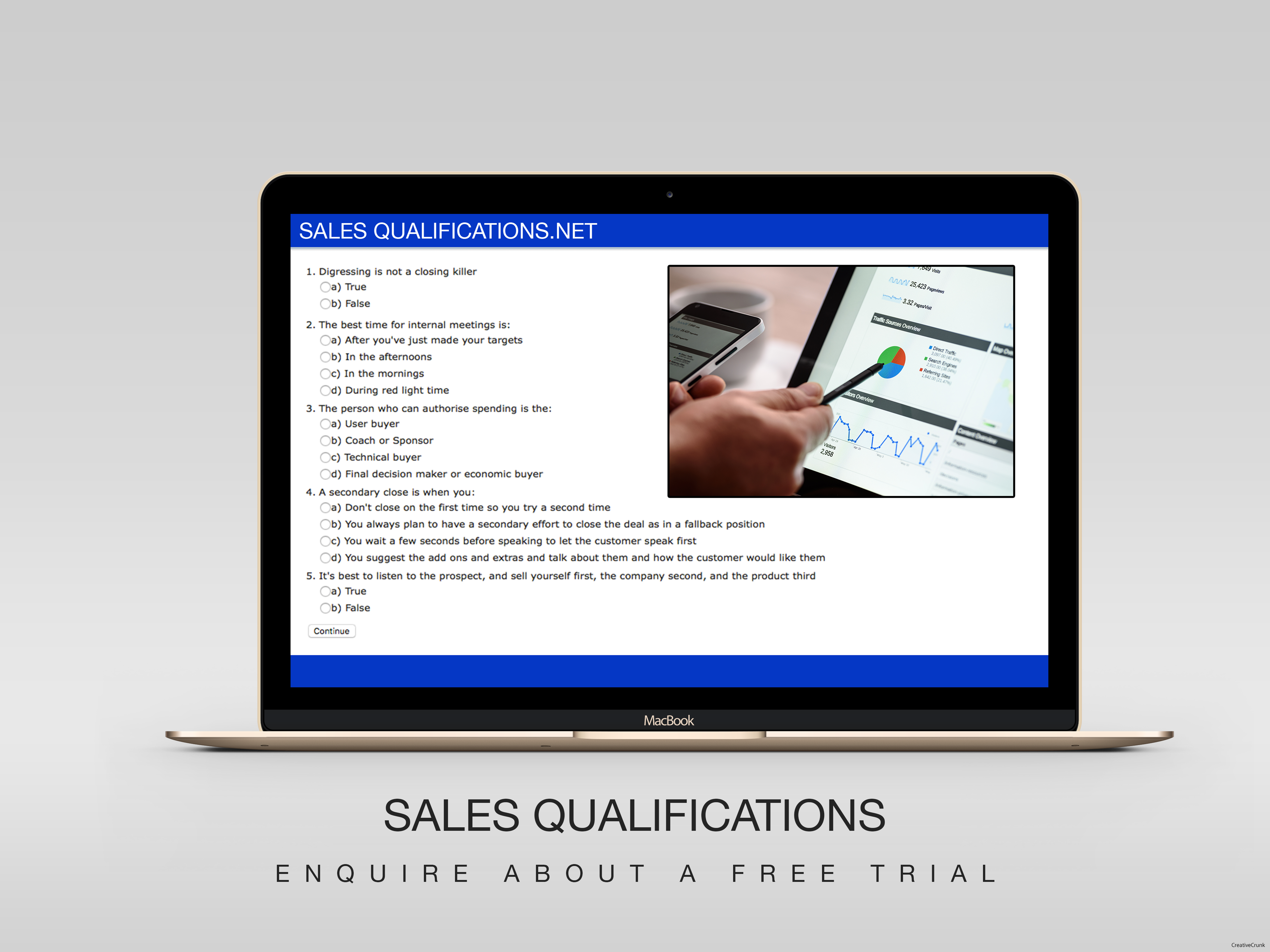Be aware of these problem areas which will usually arise during the sale, and address them immediately to avoid wasting time on a dying prospect.
MISSING INFORMATION
For example, have you identified the competitors, agreed the process & timeframes, understand the decision provess and who is making the decision, is their budget available to spend etc. If you don't know all of these types of things then the missing information creates a void in your probability of success.
UNCONTACTED DECISION MAKER TYPE
Have you contacted and preferably met the decision maker types, identified their personal wins? Do you know who has the ability to make the purchasing decision, do you know who the users are and are they happy with your product, are the technical evaluators recommending your product over the competition, and do you have some inside help within the customer organisation to coach you as to what's happening and who to speak with?
Read MoreRE-ORGANISATION
Possibly the worst situation. If you sense a re-organisation coming, close the deal immediately or it will almost certainly delay. Reorganisation can mean many new decision maker types will change roles and their influence on the purchasing decision.
© 2016. Sales Qualifications.net
Developed by Createch Studios


